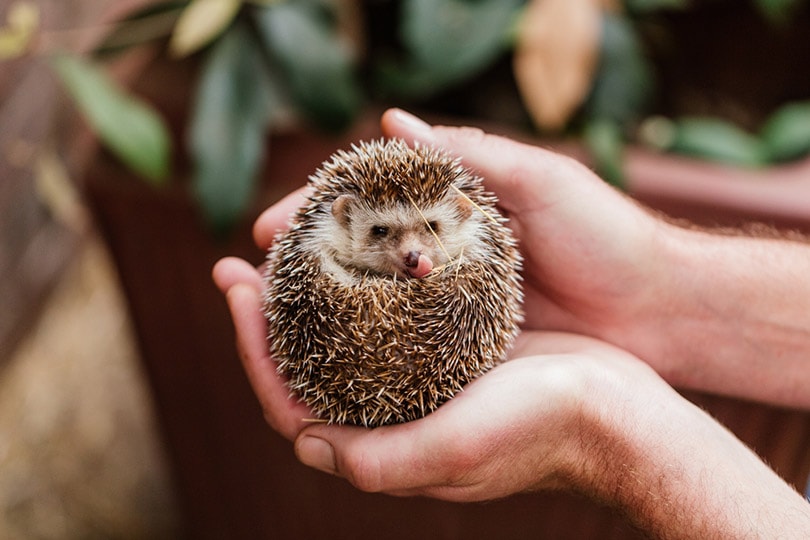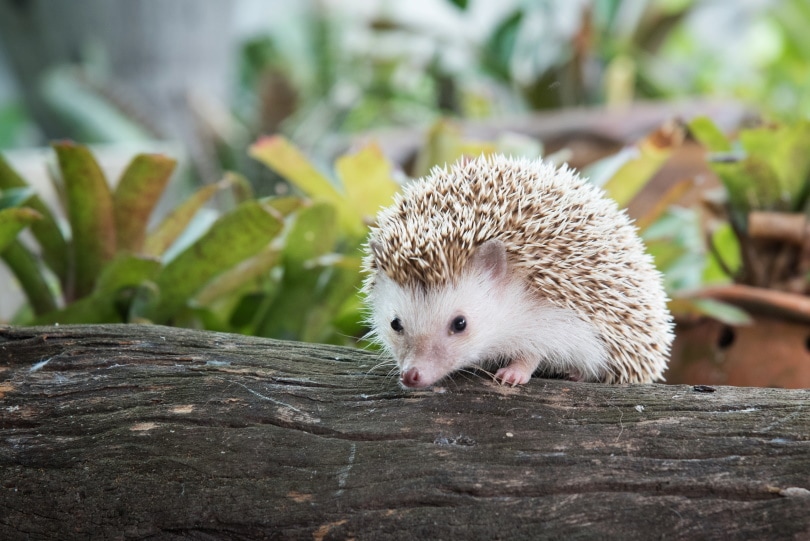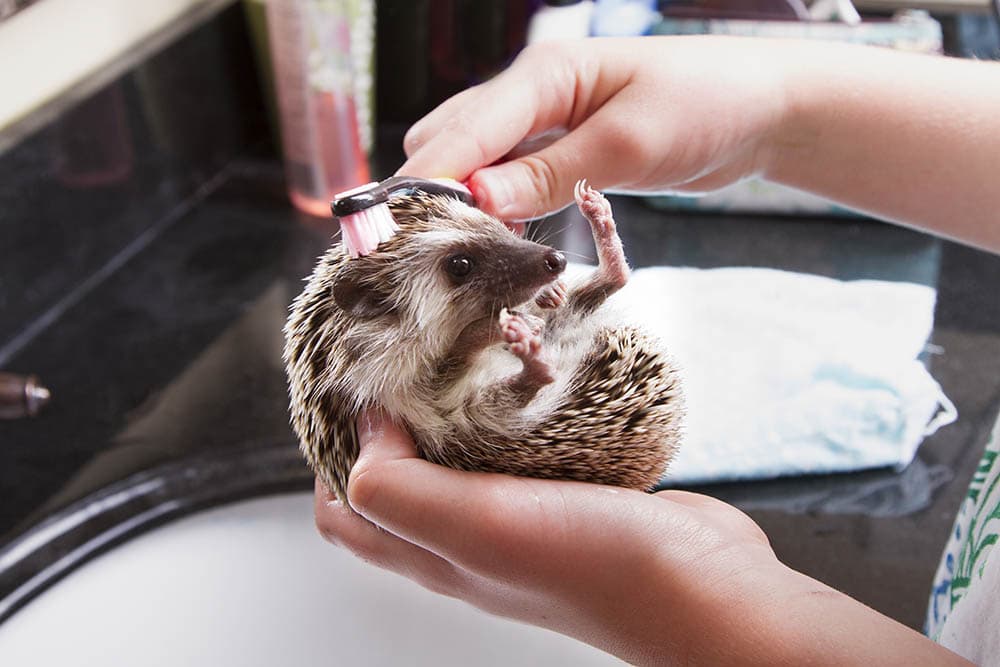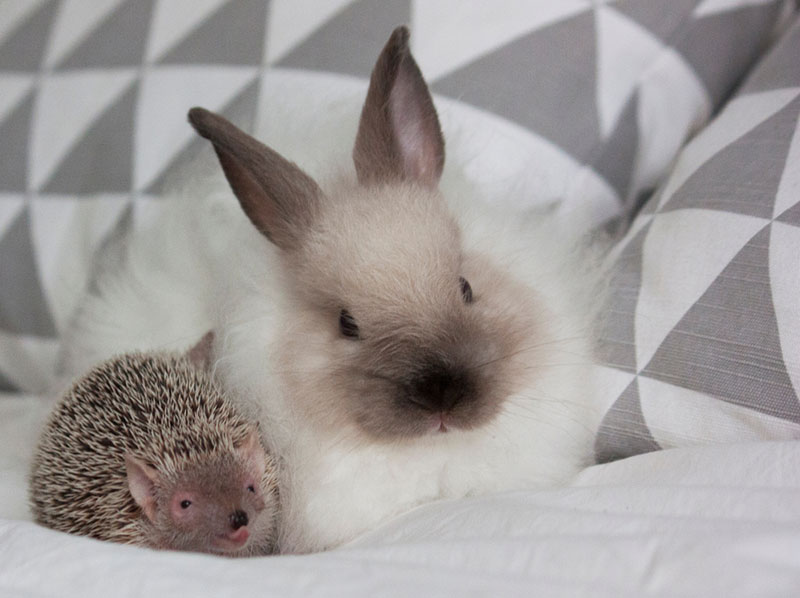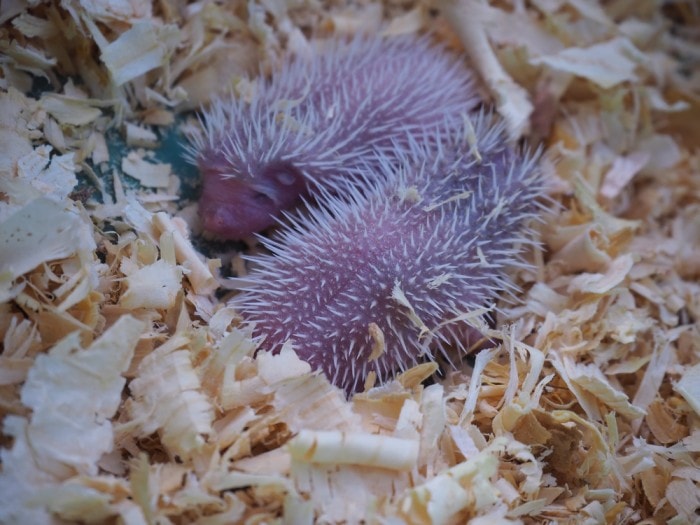
Click to Skip Ahead
Hedgehogs have become an increasingly popular pet. They are small enough to be kept in an indoor enclosure, although they do need strict lighting and heating conditions and rarely make cuddly and loving pets. They do make fascinating pets, thanks, largely, to their spines, but also because they happily go about their business with minimal intervention needed on the part of the owner.
The spines play an important role in a hedgehog’s well-being, certainly when it lives in the wild. Not only do they provide protection but they also offer some warmth. Whether in the wild or captivity, some spine loss is expected, especially during quilling, but if a hedgehog is losing too many spines or is going bald, it can be a sign of a problem like mites, ringworm, pneumonia, or a genetic condition and it will usually require veterinary intervention.
About Hedgehog Spines
Although they are commonly referred to as quills, the spikes on a hedgehog are spines. They are similar to hollow hairs but keratin makes them harder than hair. The spines act as a defense against predators: the hedgehog rolls into a ball so that its soft belly and head are hidden and a predator, like a fox, is confronted by a ball of hard spikes. Similar to hair, the spines also provide some warmth. A hedgehog without quills is not only in danger from predators but also from the cold.
A hedgehog can have anywhere between 5,000 and 7,000 spines and they will shed and replace up to 90% of them during their lifetime. Some shedding is natural, especially through a process called quilling.
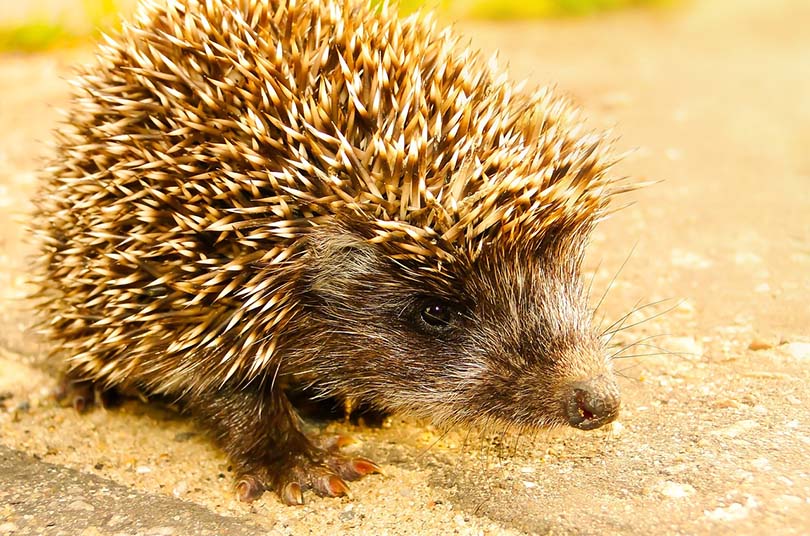
What Is Quilling?
Quilling typically occurs in young hedgehogs. Baby spines are replaced by thicker and harder adult spines as the old ones are shed and new ones grow in their place. The process can continue for several months, and it is common for a quilling hedgehog to lose up to 20 spines in a single day during the process. A quilling hedgehog will have a thinner covering of spines until the process is complete, but should never be bald.
While quilling usually completes without too many problems, there are some instances where the spines may struggle to push through the smaller holes, resulting in ingrown spines. These are uncommon but they can be painful and may need a vet to make an incision and free the spine. Some owners give their hedgehogs an oatmeal bath to help with the quilling process.
The 5 Other Causes Of Spine Loss in Hedgehogs
While quilling is a natural process that is expected in all young hedgehogs, it doesn’t lead to baldness. If your hedgehog is losing spines quickly and you do not believe it is a natural quilling stage, there are several possible causes.
1. Physical Damage
Injury can cause cuts, bruises, and other physical damage to the hedgehog’s skin. When this occurs, it is possible that spines fall out. In rare cases of abuse, spines may be cut off, which causes pain and discomfort. There is no guarantee that the spines will grow back after this type of event. If the hedgehog is a wild hedgehog, it is left defenseless and is unlikely to survive.
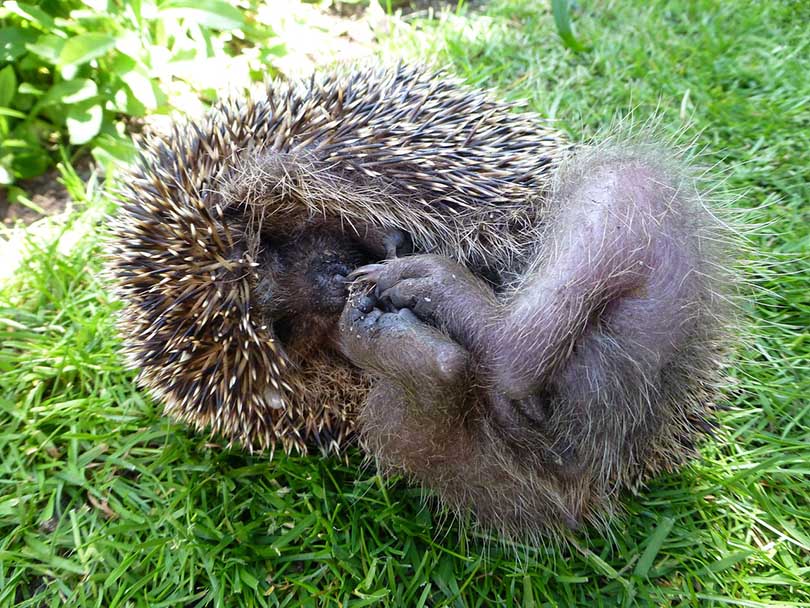
2. Hedgehog Genetics
It is believed that some genetic conditions can lead to the birth of bald hedgehogs, while some genetic conditions can cause hedgehog spines to fall out. In the wild, this is likely to go unnoticed because a spineless hedgehog would not survive and, therefore, would be unlikely to pass on the genes that caused the condition. But, it does happen.
3. Ringworm in Hedgehog
Ringworm is a fungal skin disease that is common in a lot of animals and is believed to be present in around a quarter of British hedgehogs. Although less common in pet hedgehogs, ringworm is still a threat. It can cause scabs and scurf in affected areas, preventing spines from growing and causing them to fall out.
The spines typically only fall out in affected areas, however, so a hedgehog would have to have an extreme case of ringworm to become completely bald. Because ringworm can cause lesions in the skin, this can lead to infections and secondary infections, which further increase the risk of spine loss.
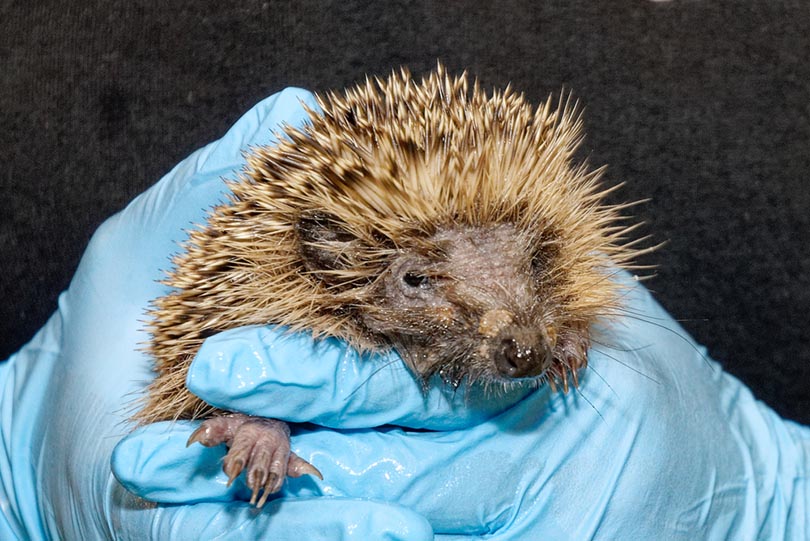
4. Hedgehog Mites
Fleas and mites are a common problem in hedgehogs. In the wild, hedgehogs pass mites from one to another. They can be passed on to captive hedgehogs via infected feeding bowls or cages or, in the case of newly acquired pet hedgehogs, they could have been infected while in the pet store.
The Caparina tripilis mite is prevalent in European hedgehogs and leads to sarcoptic mange which, in turn, causes hair and spines to fall out. Vets can perform a skin scrape, but this doesn’t always detect mites, which can be seen around the face and ears when they are present. Demodectic mange is less common but can also cause spine loss.
5. Hedgehog Stress
Stress may also be the cause of spine loss. Nelson the hedgehog was taken in by a hedgehog rescue and is a wild adult hedgehog that has lost its quills. Because Nelson has made it to adulthood, rescuers believe that he must have had quills until he reached adulthood because he would not have survived without them. Because there are no obvious signs of injury or illness in this otherwise healthy hog, the most likely cause is that of stress from physical injury.
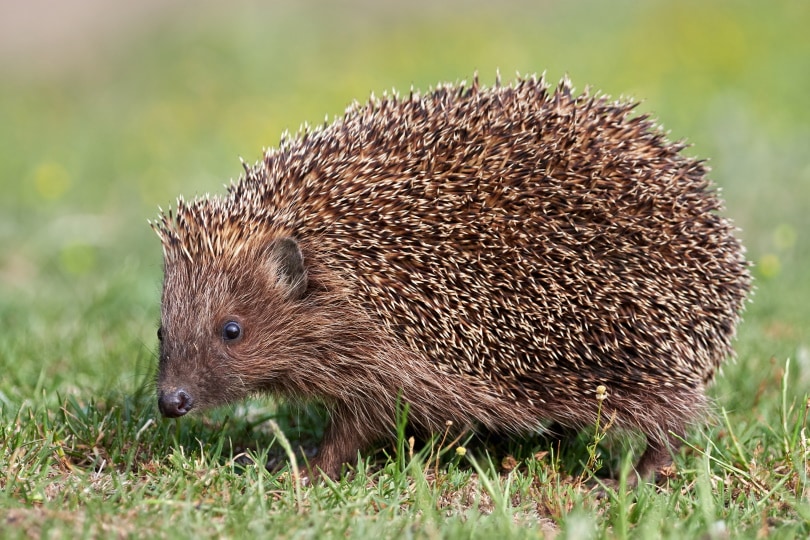
Do Hedgehogs Grow Their Spines Back?
Hedgehog spines may grow back, but it depends on the cause of the spine loss. Quilling is a natural process and means that old quills are replaced with new ones, so they do grow back. However, if the spines are lost through trauma or a genetic condition, it is unlikely that they will grow back at all.
Final Thoughts
Hedgehogs rely heavily on their spikes for defense and for warmth. Although quilling, which is a natural process that occurs in young hedgehogs, is natural and expected, other forms of spine loss can be a concern. Loss can be caused by mites, parasites, and physical injury, and if the spines don’t grow back, it can be fatal for a wild hedgehog because they will no longer have any protection against predators or the elements.
Featured Image Credit: Thanisnan Sukprasert, Shutterstock


